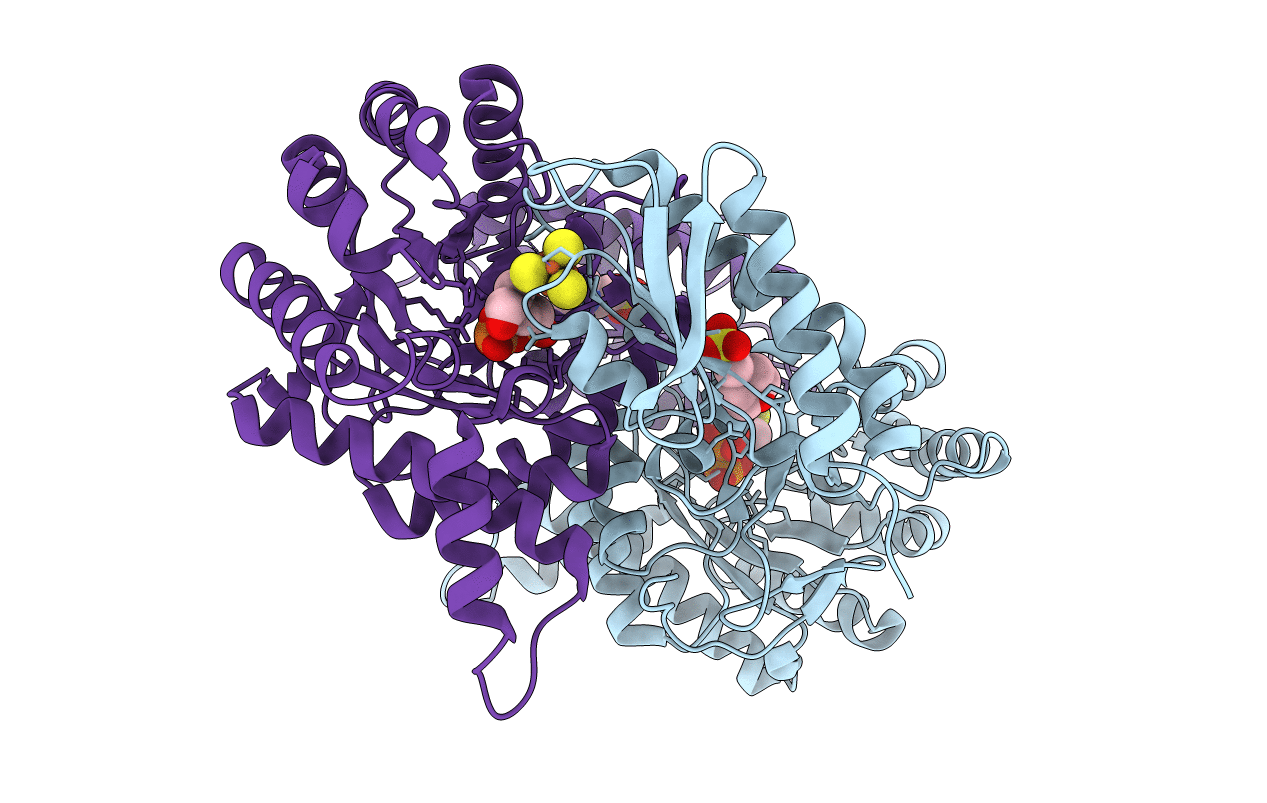
Deposition Date
2015-01-19
Release Date
2015-03-25
Last Version Date
2023-09-20
Entry Detail
PDB ID:
4S23
Keywords:
Title:
Structure of the GcpE-HMBPP complex from Thermus thermophilius
Biological Source:
Source Organism:
Thermus thermophilus (Taxon ID: 274)
Host Organism:
Method Details:
Experimental Method:
Resolution:
1.65 Å
R-Value Free:
0.17
R-Value Work:
0.12
R-Value Observed:
0.12
Space Group:
P 61


